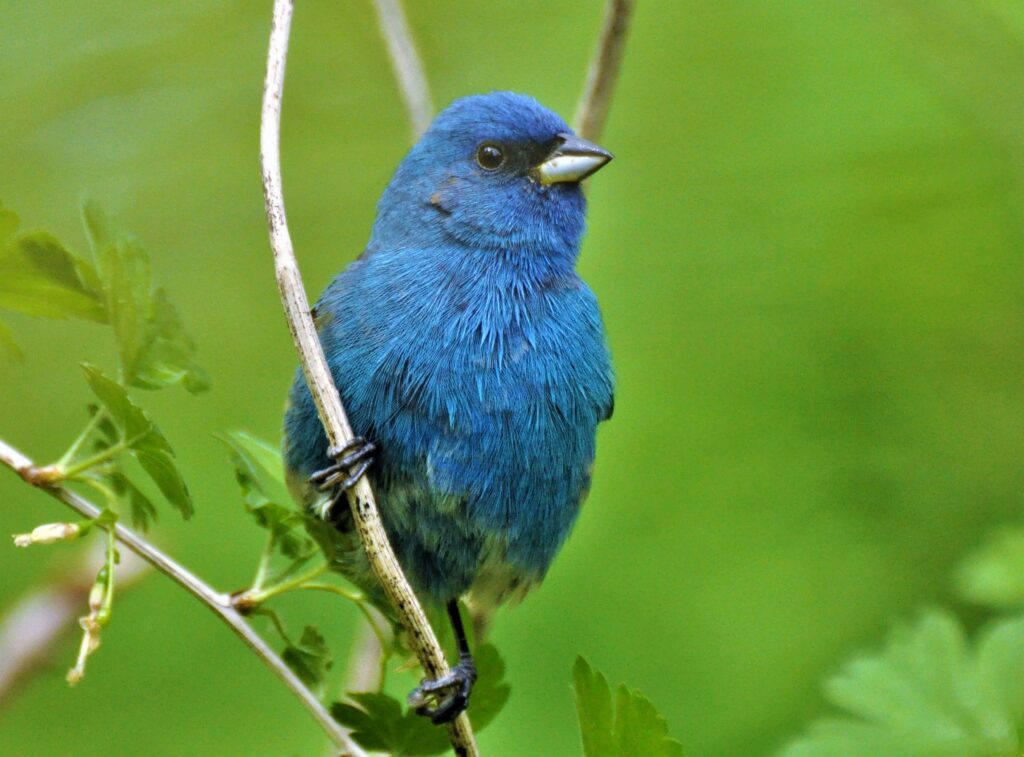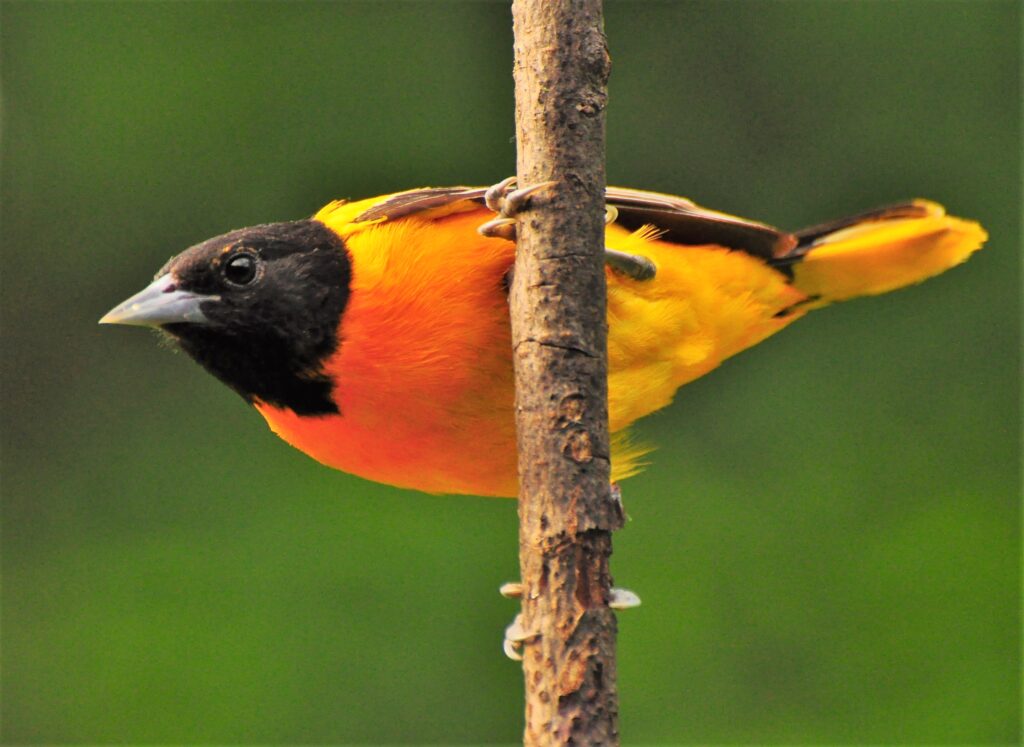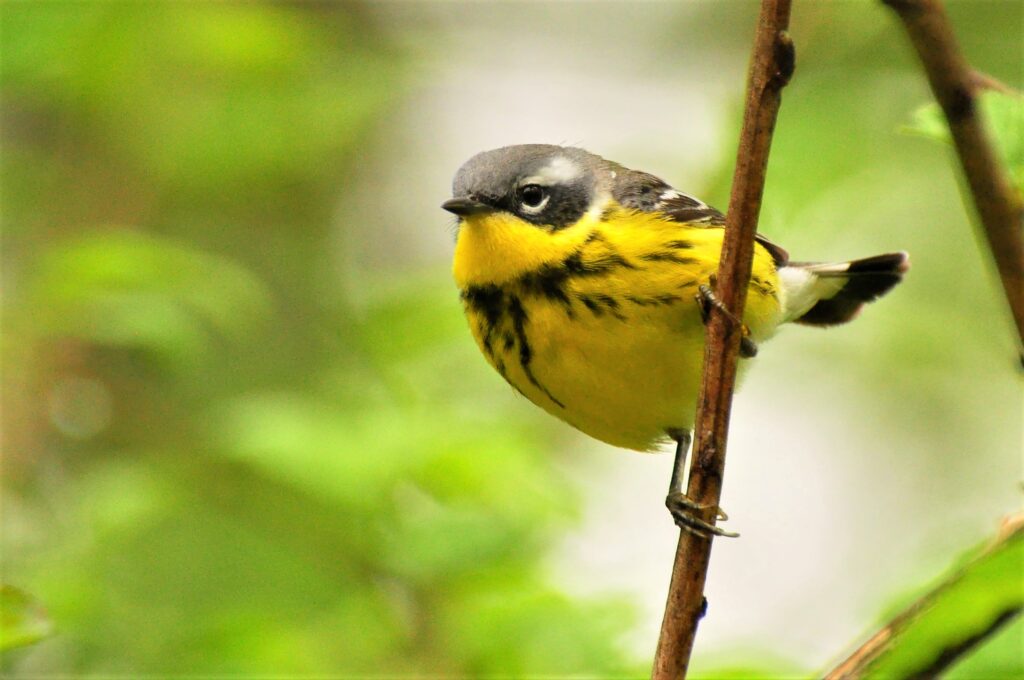Photography courtesy of Lowell Washburn, all rights reserved.
Spring is in the air — literally. Leaving their winter homes, millions of neotropical songbirds are now winging their way to northern nesting grounds. For many species, the flight between South American wintering areas and Canadian nesting grounds is a rigorous journey that traverses thousands of miles. Hidden from human eyes, the migration miracle occurs in inky darkness as flocks employ starry constellations, magnetic fields and other, certainly more mysterious, factors to successfully navigate the empty vastness of the night sky. But at the approach of dawn, wing weary travelers descend to earth to replenish spent reserves. Thousands of those travelers are currently appearing at local woodlands, providing area birders with a fleeting view of their colorful splendor. The month of May is a time that no Iowa birding enthusiast would willingly choose to miss.

The diversity of northbound spring birdlife is astounding. Dozens of species have already arrived; many more are on their way. Some birds, such as the brilliantly colored orioles, tanagers, indigo buntings and grosbeaks, are hard to miss. Others – including more than 30 species of migrating wood warblers – provide greater viewing challenges. When it comes to these tiny travelers, a sudden movement in the leafy understory and a quick flash of color may be the only glimpse you’ll get.

Some long-distance travelers, such as the ever-popular Baltimore oriole, may choose to stay and nest in Iowa. For others, we are but the half-way point to ancestral summer breeding grounds. Many migrants will travel to the far reaches of Canada’s northern pine forests. Some will even wing northward to the dwarf shrub habitats of the subarctic.

Northern summers are brief and from a migrating bird’s point of view, there is little reason to linger. For those of us who wish to view these amazing voyagers, getting into the out-of-doors is something that cannot be delayed. To make the most of this year’s viewing opportunities, birders need to strike while the metal is hot. The birds you miss seeing today could already be hundreds of miles to the north by tomorrow’s sunrise.


 Tom Cope
Tom Cope Sue Wilkinson
Sue Wilkinson Susan Judkins Josten
Susan Judkins Josten Rudi Roeslein
Rudi Roeslein Elyssa McFarland
Elyssa McFarland Mark Langgin
Mark Langgin Adam Janke
Adam Janke Joe Henry
Joe Henry Kristin Ashenbrenner
Kristin Ashenbrenner Joe Wilkinson
Joe Wilkinson Dr. Tammy Mildenstein
Dr. Tammy Mildenstein Sean McMahon
Sean McMahon